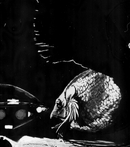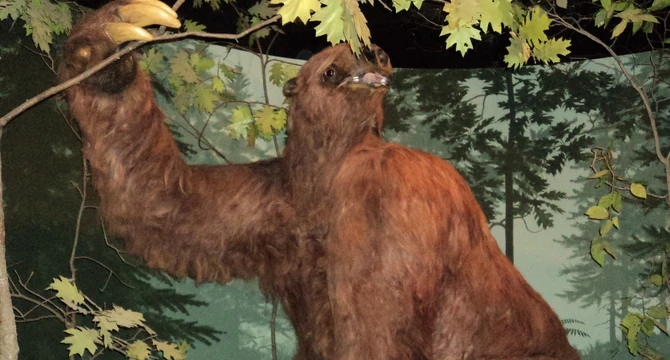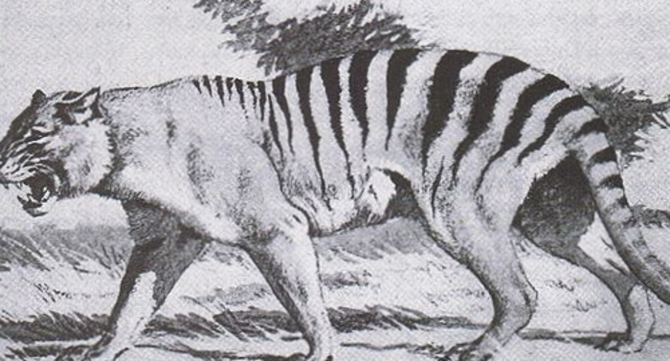No edit summary |
No edit summary |
||
| Line 17: | Line 17: | ||
<br> |
<br> |
||
{{Featured}} |
{{Featured}} |
||
| + | {{Featured 2}} |
||
</div> |
</div> |
||
<center><div style="-moz-column-count:2; -webkit-column-count:2; column-count:2;"> |
<center><div style="-moz-column-count:2; -webkit-column-count:2; column-count:2;"> |
||
Revision as of 18:30, 7 June 2019

| On this day |
| Template:19th April |
 The nittaewo was a small hominid which is reported to have inhabited southeastern Sri Lanka until the late 18th Century, perhaps as late as 1800, when they were exterminated by the Veddahs. However, some cryptozoologists believe they may still exist in remote parts of Sri Lanka. |
|
| Due to the difficulties in finding sources for images discovered on the web, many images illustrating our articles are not properly sourced our credited. If you notice an image by an artist whose name you know, please do not hesitate to add their name to the caption! |
The owhuama is a cryptid reported from the Venezuelan Amazon, considered to be the Yanomami people's version of the mapinguari, which has itself been reported from the Venezuelan-Brazilian border region. |
| July 2022's featured article |
| The Deepstar 4000 fish was a cryptid giant deep sea fish seen once, off southern California in the Pacific Ocean, by the crew of the Deepstar 4000↗ submersible during a 1966 dive. It was estimated to have measured 30–40 ft (9–12 m) in length, equal to some of the largest known living fish, and far larger than any known bony fish. This fish was allegedly observed by pilot Joe Thompson (1930 – 2003) and possibly marine biologist Gene LaFond (1909 – 2002), during a June 1966 research dive in the San Diego Trough alongside instrumentation engineer Dale Good. They had taken the Deepstar 4000 down to around 4,000 ft (1,219 m) to lay hydrographical instruments on the seafloor, and when Thompson happened to look through the window, he found himself staring into the eye of a giant fish which had swam briefly into view. It moved past quickly, bringing up silt from the seabed, before disappearing. Previously featured: Chipekwe
|
|
|
|



























